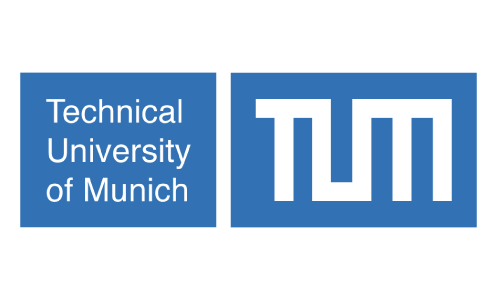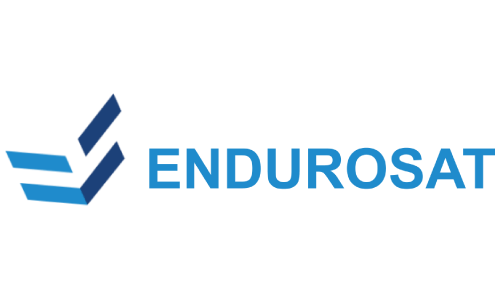A next generation solar electric
water propulsion system
Solar-Electric Water
Electrolysis Propulsion
Utilising water as a propellant, decomposed by an electrolyser into hydrogen and oxygen for subsequent use in a thruster, this system aims to achieve the highest specific impulse (ISP) of all storable chemical propulsion systems. Water’s non-toxicity, versatility, and availability make it a cost-effective choice, while solar energy powers the electrolyser.
Autonomous Proximity/Docking
Operations and Propellant Refilling
Leveraging machine learning and the available gaseous propellants, water significantly simplifies in-orbit refilling, reducing launch mass and extending satellite lifetimes. This supports in-orbit servicing and assembly, enabling a holistic space mobility architecture.
In-Space Water Extraction
and Utilization
Demonstrating the world’s first In-Situ Resource Utilisation (ISRU) end-to-end process chain, in which water is extracted from icy regolith and subsequently used by a Solar-Electric Water Propulsion System, effectively turning ice into thrust. The combination of water extraction from celestial bodies with the two other elements enables a self-sustainable space mobility infrastructure and long-term earth-independent spacecraft operations.
The Project
The project seeks to offer a high-performance platform enabling autonomous spacecraft docking and propellant refilling, promoting economic and environmental sustainability, and facilitating in-orbit servicing, robotics, and in-space manufacturing. Furthermore, the project explores in-space water extraction and utilization from celestial bodies, contributing to a self-sustaining circular space economy based on solar energy harvesting.
Ultimately, the project strives to position Europe as a leader in solar-energy-powered space mobility, fostering a self-sustaining space economy. Ice2Thrust.Space has a strong interdisciplinary dimension and is utilising the extensive expertise ranging from system engineering to electrochemistry to robotics and propulsion, which all of the project partners contribute to the consortium – TUM, EnduroSat, University of Luxembourg, and Tech Tour.



